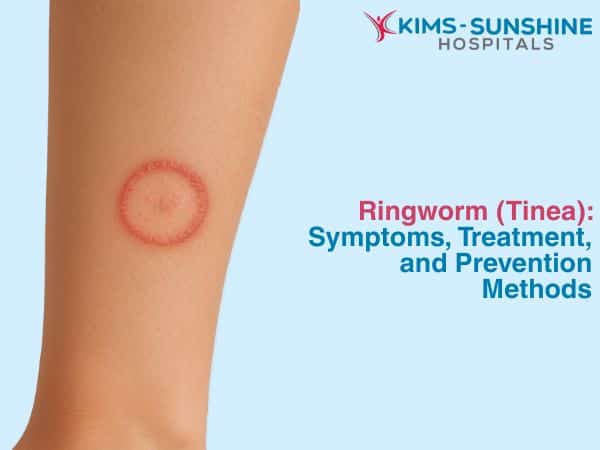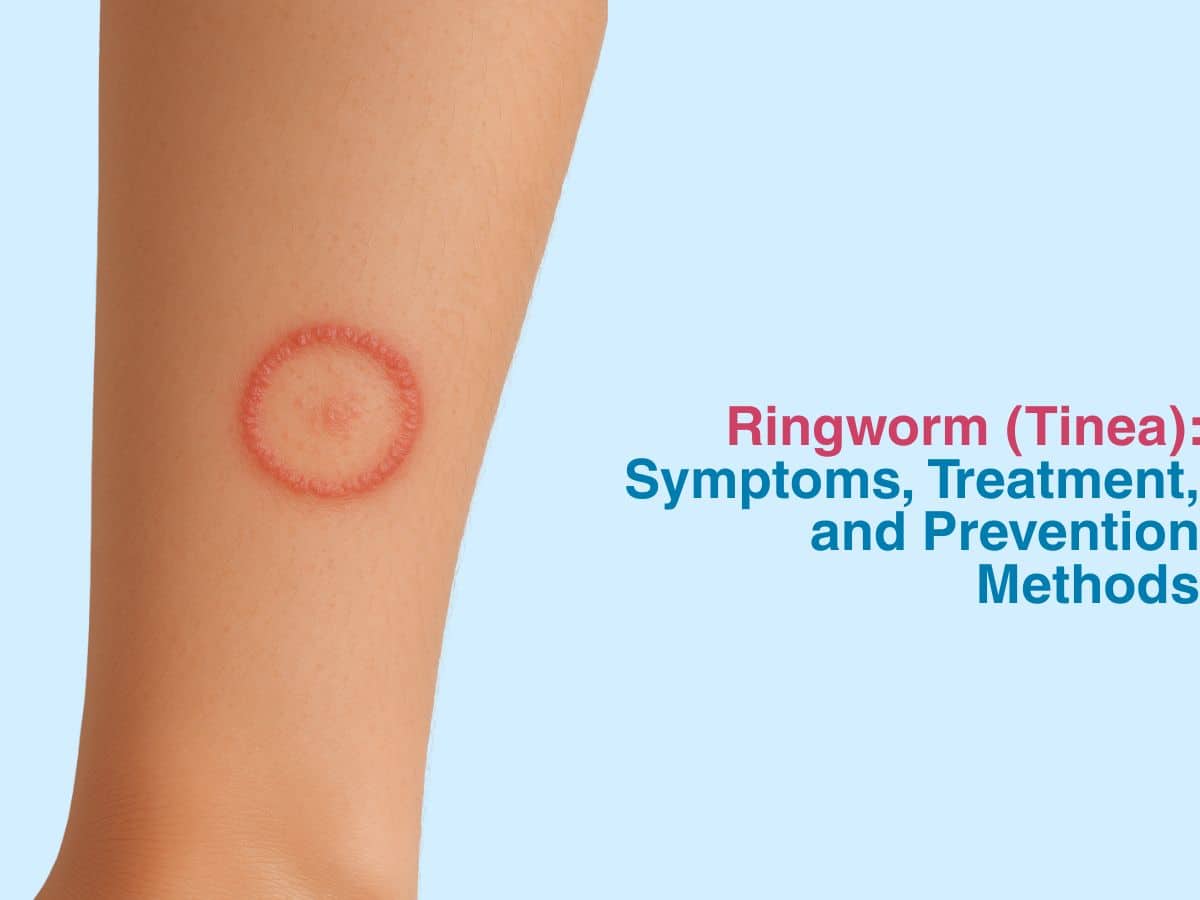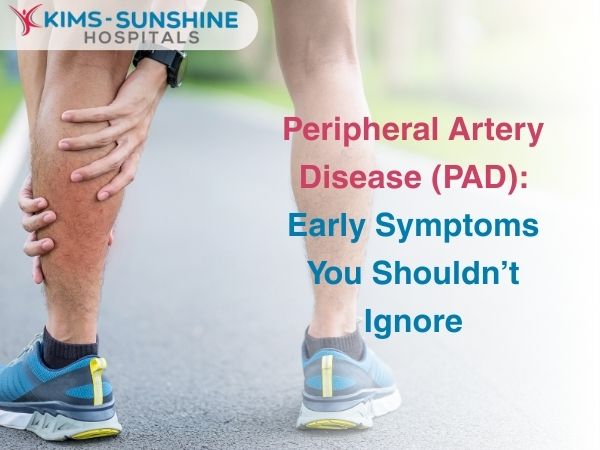
Ringworm (Tinea): Symptoms, Treatment, and Prevention Methods
 Ringworm infections are NOT caused by any squirming worm, but are caused by fungi that normally live on your skin. Though the fungus does not cause issues majority of the time, when the conditions are right- they swing into action and begin to grow quickly. This can cause a range of symptoms in different parts of the body. The good news is it can be treated. When the infection is found on your body, it is called ‘tinea corporis’. It can be mild, moderate or severe. Some very well known examples of these kinds of infections include jock itch, athlete’s foot, tinea capitis if it affects your scalp, tinea barbae if it is your beard, tinea manuum if it is the hands or another term altogether if your nails get affected (tinea unguium) respectively.
Ringworm infections are NOT caused by any squirming worm, but are caused by fungi that normally live on your skin. Though the fungus does not cause issues majority of the time, when the conditions are right- they swing into action and begin to grow quickly. This can cause a range of symptoms in different parts of the body. The good news is it can be treated. When the infection is found on your body, it is called ‘tinea corporis’. It can be mild, moderate or severe. Some very well known examples of these kinds of infections include jock itch, athlete’s foot, tinea capitis if it affects your scalp, tinea barbae if it is your beard, tinea manuum if it is the hands or another term altogether if your nails get affected (tinea unguium) respectively.
Symptoms Of Ringworm On Skin, Scalp And Nails-
The most easily discernible feature of ringworm is the appearance of a red, scaly patch on the affected area. It has a border, which is slightly raised in comparison to the center. You may also have very itchy skin and deal with bald spots on your scalp at times. Hair loss is also pretty common in this scenario.
Is Ringworm Contagious And How Is It Transmitted?
Yes, ringworm is pretty contagious and can easily spread from one person to another, with close contact or if you use the same clothing as them. People who work with animals also are at higher risk than usual, as dogs, cats or other common farm animals have them. If you come in contact with any sweaty surface or object, then you are at risk of having to deal with tinea.
How To Treat Ringworm At Home Fast And Naturally?
Ringworm needs to be treated with antifungal creams or lotions. If your scalp is the problem, then medicated shampoos may do the trick for you. You will also need to ensure that the affected area remains clean and dry. Don’t share clothing with anyone else and shower immediately after a workout, to get rid of the sweat and dirt on your body. Using turmeric paste or aloe vera gel may work for very mild cases, but these may not be as effective if your symptoms are more severe.
Some effective preventive measures for ensuring that you don’t spread it to others or contaminate other parts of your body include- washing used clothing and changing into new clothes often, using disinfectant sprays around the house, making sure that your skin is dry- especially in skin fold, between the fingers and toes and in the groin area, washing your hands properly and taking care of pets – by giving them anti-ringworm medication respectively.
Ringworm Treatment For Kids And Sensitive Skin-
The same treatment measures work in children, as in adults. So, creams, lotions or shampoos that contain clotrimazole or miconazole are pretty effective for mild cases of tinea. But, more severe cases will mean that the child needs to take antifungal medications orally. You should also ask children not to scratch the affected part, even if it feels very itchy. You should change their clothes more often and ensure that they don’t wear any damp clothing. You should take your child for further treatment if you notice a fever or that the rash is getting worse or if they have tinea on their scalp and nails.
Conclusion
The main difference between eczema and ringworm symptoms is that tinea is contagious, while eczema is not. The rash looks different too- eczematous ones can look like blisters, with inflamed skin while ringworm means you have scaly patches on your skin, with a clear centre and a reddish tinge on the raised edges. Tinea is mostly a one time thing, while eczema is chronic and will cause issues for your scalp and nails too. Ringworm is mostly preventable and if you keep the affected area dry, then you will prevent any spread to other parts of your body too.






